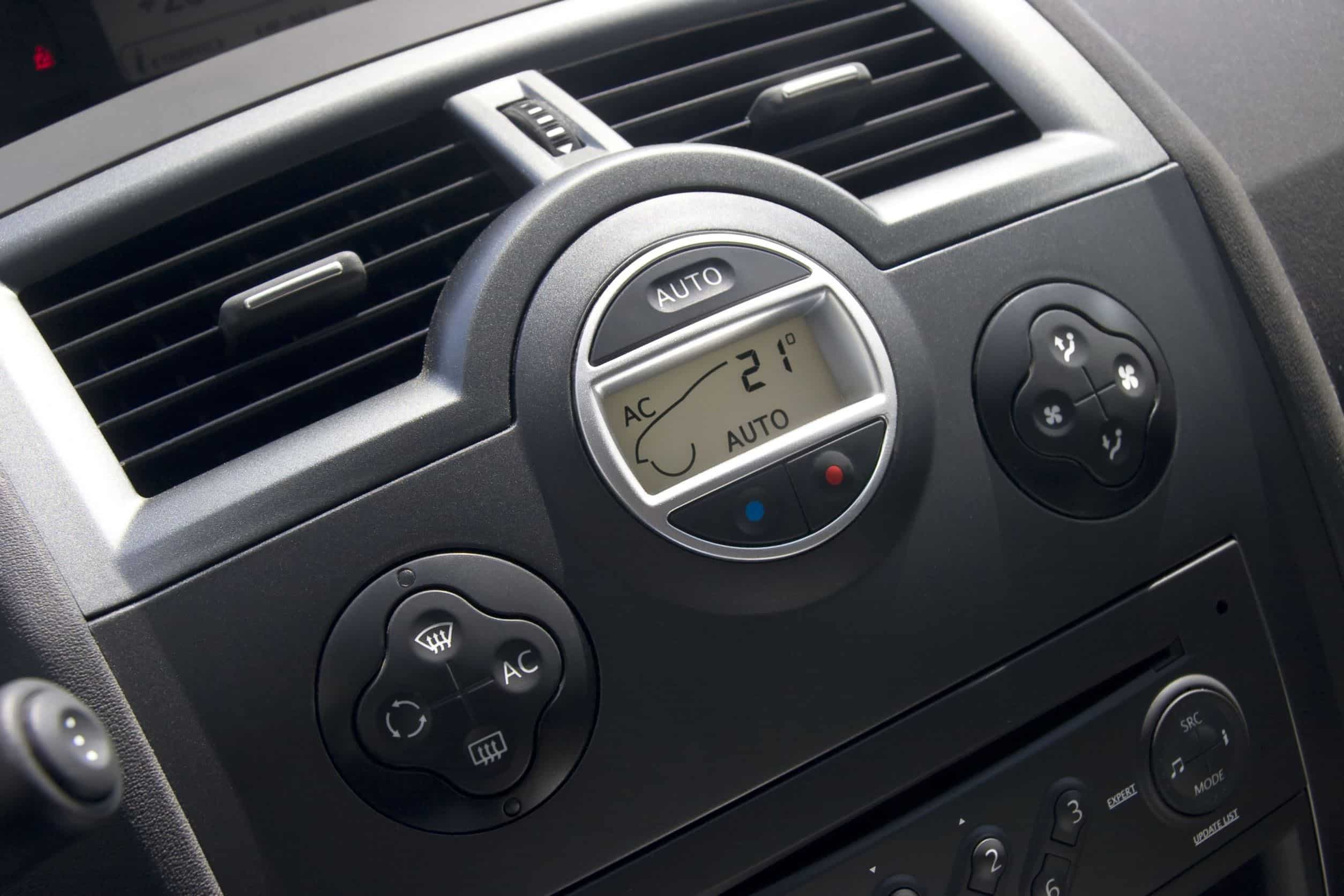
21 Nov Electric Vehicle’s AC System How Does It Work?
Electric Vehicle’s AC System How Does It Work?
How Does the AC Work in Electric Vehicles?
Does the AC Work in Electric Vehicles? As electric vehicles (EVs) gain traction in Brisbane, Redland Bay, and Bayside, it’s becoming increasingly important to understand the nuances of their air conditioning systems. This article delves into the workings of EV air conditioning systems and underscores the significance of regular maintenance for optimal performance.
The Mechanics of EV Air Conditioning
The air conditioning (AC) system in electric vehicles operates on a principle similar to that of traditional combustion engine vehicles, but with a key difference in the power source. In EVs, the AC system is powered by electricity from the vehicle’s battery, rather than an engine’s drive belt.
Working Principle
The AC system’s primary role is to remove heat from the vehicle’s interior, expel it outside, and circulate cool air within the cabin. This process involves several key components:
- Compressor: Initiates the cooling cycle by compressing the refrigerant, increasing its pressure and temperature.
- Condenser: Located at the car’s front, it cools down the high-pressure refrigerant, turning it into a liquid.
- Expansion Valve: Rapidly expands the refrigerant, causing a significant temperature drop.
- Evaporator: Situated inside the cabin, it absorbs heat from the interior, aided by a fan that distributes the cooled air.
Energy Source in EVs
EVs use an electronic compressor powered directly by the battery pack. This contrasts with combustion engine vehicles where the compressor is belt-driven. For instance, Tesla’s Model 3 employs a heat pump system for efficient cooling and heating.
Impact on EV Performance
Using AC in EVs can affect vehicle performance due to the power drawn from the battery. However, modern EVs are equipped with energy-efficient AC systems to minimize the impact on the vehicle’s range.
Components of an EV’s AC System
In electric vehicles, the AC system is directly powered by the high-voltage battery. The essential components include:
- Car Aircon Compressor: Driven by an electric motor, it’s crucial for circulating the refrigerant.
- Car Air Conditioner Hoses: These hoses transport the refrigerant throughout the system.
- Condenser: Transforms the refrigerant into a high-pressure liquid.
- Expansion Valve and Evaporator: Work together to cool the air inside the cabin.
- Car Air Conditioning Regas: Involves recharging the refrigerant gas, essential for efficient cooling.
- Thermal Management Systems: Some systems use the AC refrigerant to cool the batteries when necessary.
Regular Maintenance: Essential for Efficiency
Regular maintenance of your Electric Vehicles AC system is vital for several reasons:
- Battery Efficiency: A well-maintained AC system uses less power, preserving the vehicle’s range.
- Prevent Breakdowns: Regular servicing can prevent unexpected failures, especially during hot summers.
- Early Problem Detection: Identifying and fixing small issues early can save on costly repairs.
- Air Quality: Servicing includes cleaning and replacing air filters, ensuring clean cabin air.
- Prolonged Lifespan: Regular maintenance extends the life of AC components.
- Increased Resale Value: A well-maintained vehicle, including the AC system, can command a higher resale value.
Signs Your Electric Vehicle’s AC System Needs Servicing
Be aware of these signs indicating your EV’s AC system may require servicing:
- Weak or No Airflow: Could indicate a blockage or a malfunctioning fan.
- AC Blowing Warm Air: Often a sign of low refrigerant levels or compressor issues.
- Unusual Sounds: Noises like clattering or squealing can indicate a problem with the compressor.
- Unpleasant Odours: A musty smell suggests mold or bacteria buildup.
- Moisture Inside the Car: May indicate a refrigerant leak.
- AC Turns Itself Off: Could be a thermostat issue or low refrigerant levels.
- Higher Electric Consumption: A sudden decrease in driving range might be due to an overworked AC system.
Why EV Batteries Need Cooling
Proper temperature control is critical for EV battery performance and longevity. Batteries generate heat during operation and charging, requiring efficient cooling to prevent overheating and ensure optimal performance.
EV Battery Cooling Methods
EV batteries are cooled using air or liquid cooling methods. Liquid cooling, which uses a coolant like water or refrigerant, is more prevalent in modern EVs due to its efficiency.
Does the A/C Affect Electric Vehicle’s Performance?
Using AC in EVs can reduce the vehicle’s range, especially in extreme temperatures. For example, in Tesla EVs, the AC compressor’s location can lead to energy loss in heating or cooling the car.
Choose Keepin Cool Auto Air Conditioning
For expert mobile air conditioning services for your EV in Brisbane, Redland Bay, and Bayside, trust Keepin Cool Auto Air Conditioning. We offer:
- Convenient mobile services
- Expertise in EV air conditioning systems
- Comprehensive services including regassing, leak testing, and repairs
- Local, reliable support with years of industry experience
Keepin Cool Auto Air Conditioning SMS Quote Service
Take advantage of our SMS quote service for hassle-free mobile car AC regassing and repairs. Simply text us your car details and service requirements, and we’ll provide a quick, efficient quote.
Understanding your electric vehicle’s air conditioning system is key to a comfortable and efficient driving experience. Regular maintenance is crucial, and Keepin Cool Auto Air Conditioning is here to ensure your EV stays cool and efficient. Contact us today for expert services in Brisbane, Redland Bay, and Bayside.

